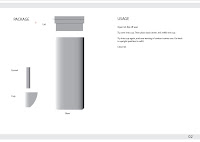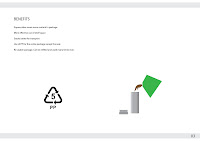We see how planned obsolescence started with the lightbulb, and how these international cartels were deliberately making products last shorter than they could to make more money. To me it just seems illogical to hinder progress like that when you know you can do better.
However it makes sense to why people back then could act like that. They had lots of resources and had set up large factories. They needed to create jobs and get the money flowing. The concept of sustainability wasnt important, at least not in places like the USA. They believed they had abundant resources. Fair enough. They probably had good intentions, like create wealth, jobs, allow people to have easier lives.
Now it just seems dumb, and yet it still happens. We know all the problems yet we let it continue. Why has change not been forced already? Is it greed? Is it because change means a lot of unhappy people? Will people lose positions of power?
Three things help fuel this crazy over consumption of products, advertising, planned obsolescence and credit. Consumers have to take some blame. They are influenced by advertising and credit makes purchases easy. But this is stuff that consumers can easily ignore if they used some bloody willpower or thought. The bit that you cant really do much about is planned obsolescence...or can you? The video showed the iPod case, with the battery not lasting very long and not being replaceable. Maybe more companies can get taken to court for creating this waste. Or maybe governments should be harsher, but they wont do much if the people dont say anything.
Now back to the topic of planned obsolesence. The video talked about Nylon stockings and the film 'The man with the white suit'. It talked about how progress is halted due to economic reasons. Companies are afraid theyll lose money, and workers are afraid of losing their jobs. People get comfortable and get scared of change even if it is for the good of the world. Pathetic and selfish. I could go on to what if scenarios and what not, but then Id just be dragging on.
I guess planned obsolescence would work if they could figure out how to make the process 100% renewable. The video talked about cradle to cradle, so if designers could work that into products then it should be fine.
I guess planned obsolescence would work if they could figure out how to make the process 100% renewable. The video talked about cradle to cradle, so if designers could work that into products then it should be fine.

























